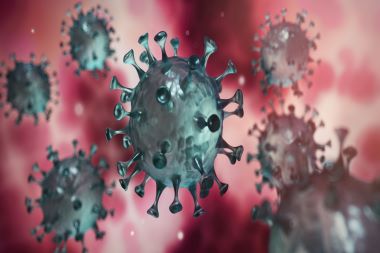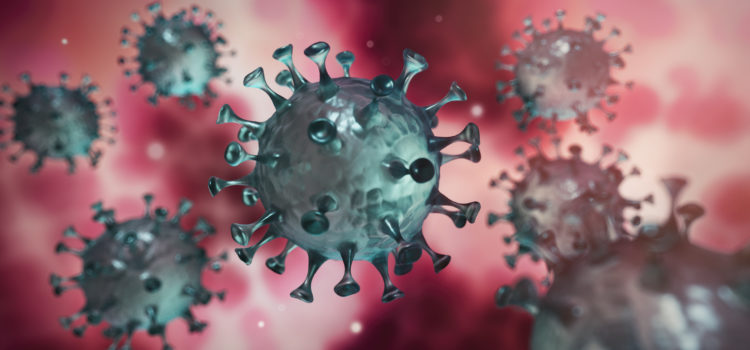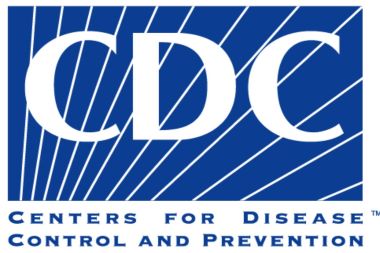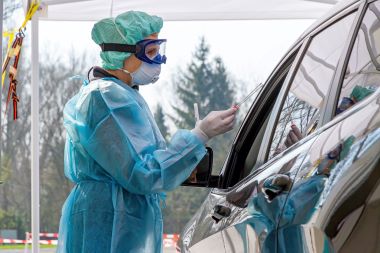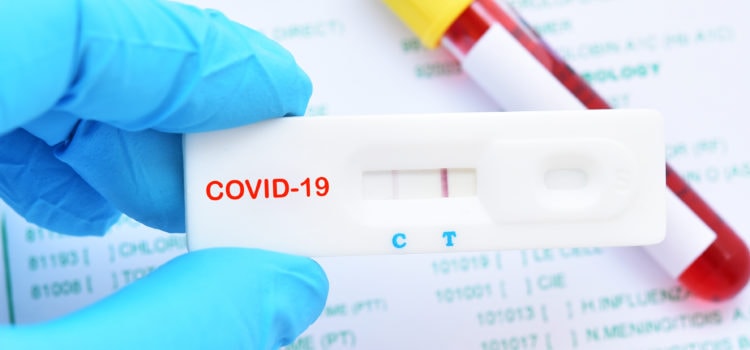As One Possible COVID-19 Treatment Gets a Closer Look, Another Prompts Safety Concerns While the world hopes for a “magic bullet” that will put COVID-19 down, or at least prevent it, researchers remain committed to exploring all available options. Most recently, the Food and Drug Administration issued an emergency use authorization for the investigational antiviral drug remdesivir for the treatment of suspected or laboratory-confirmed COVID-19 in adults and children hospitalized with severe disease. Acknowledging that …
Read More